The green movement has taken hold in some very important areas of our domestic lives. It’s time we include laundry in our eco-friendly agenda.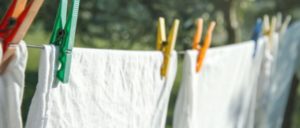
Follow these simple tips and you’ll be a bona-fide green, cleaning mama:
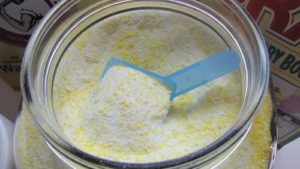 1.) Ditch all those commercial laundry products and opt for natural or homemade solutions. The internet is a mecca for homemade detergent recipes. Just google “homemade detergent” and you’ll get hundreds of websites and blogs with different recipes and reviews. Experiment with one until you find a keeper. An added bonus is that the main ingredients are so cheap that the average cost per load is around $.05 — about 1/5 the cost of commercial brands. For fabric softener, add ½ cup of white vinegar to your loads. I could write an entire article just on the benefits of using white vinegar in the wash. I’ll save you from the boring details and just sum it up: it brightens, whitens, softens, disinfects, reduces static and fights stains. When using white vinegar in the wash you do NOT need to use any other softener. Just like homemade detergent, it is way cheaper than commercial products: 1 gallon of white vinegar = $3; 1.5 liters of Downy = $9. Stains can be removed with various home remedies. What you use will depend on the stain. I like to use a mixture of 1 part baking soda, 1 part white vinegar, and 1 part hot water. This will form a paste that can be applied to most stains.
1.) Ditch all those commercial laundry products and opt for natural or homemade solutions. The internet is a mecca for homemade detergent recipes. Just google “homemade detergent” and you’ll get hundreds of websites and blogs with different recipes and reviews. Experiment with one until you find a keeper. An added bonus is that the main ingredients are so cheap that the average cost per load is around $.05 — about 1/5 the cost of commercial brands. For fabric softener, add ½ cup of white vinegar to your loads. I could write an entire article just on the benefits of using white vinegar in the wash. I’ll save you from the boring details and just sum it up: it brightens, whitens, softens, disinfects, reduces static and fights stains. When using white vinegar in the wash you do NOT need to use any other softener. Just like homemade detergent, it is way cheaper than commercial products: 1 gallon of white vinegar = $3; 1.5 liters of Downy = $9. Stains can be removed with various home remedies. What you use will depend on the stain. I like to use a mixture of 1 part baking soda, 1 part white vinegar, and 1 part hot water. This will form a paste that can be applied to most stains.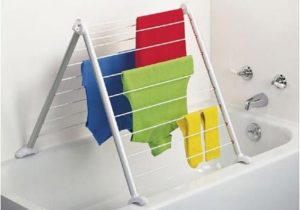
2.) Line dry or use a drying rack. It’s estimated that dryers account for 5.8% of your household’s energy usage. That’s more than any other appliance in your home. You can easily lower your energy consumption by using a drying rack during the cold seasons and clothesline in the spring/summer. Aside from the environmental benefits, it is also better for your clothes. Agitation from the dryer is harsh on fabrics and the heat can cause static cling. Air-drying your clothes allows the moisture to naturally dissipate, and clothes to keep their shape longer when they are not spin-dried. I’ve also heard from many people who line dry that the sun acts as bleach on their whites. One more laundry product you can drop!
3.) Stop washing everything after a single use. Okay, certain items do need to be washed frequently: underwear, gym clothes, your husband’s socks; but not everything needs to go into the hamper after one wear. Jeans are great example of this. Denim is meant to be extremely durable (think of cowboys) and after so many wears, should begin to form to the shape of your body. Frequent washing causes the fabric to lose its form-fitting quality and will fade the color over time. Wash your jeans only after they’ve been worn a handful of times. Other items that should be re-worn before washing include sweaters, jackets, sweatshirts, and pajamas.
4.) Use cold water for the wash. Most of your energy usage in the laundry process comes from heating the water (90%!). It is not necessary — or even beneficial — to wash everything in hot water. Heat is not very nice to your clothes: it causes dyes to bleed and it breaks down the integrity of fabrics. Wash only 1 out of every 5 loads in hot water. (Please note that underwear should always be washed in hot water in order to kill bacteria.)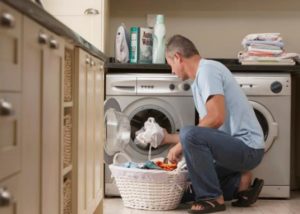
5.) Wash complete loads. This is pretty obvious. Washing only a half load is a waste of water and electricity. Make sure you are loading your washer up to 3/4s full. A hundred years ago people had to hand wash their clothes in a tub and then lay each piece on a drying rack or hang them on a clothesline to dry. This process would consume hours of the day, which is unrealistic for the modern mom. I don’t think we should necessarily go back a hundred years, but I do think we can take some tips from the past and return to a more natural way of cleaning clothes. Making these simple changes will be better for your clothes, your wallet and the planet.
Happy Washing!
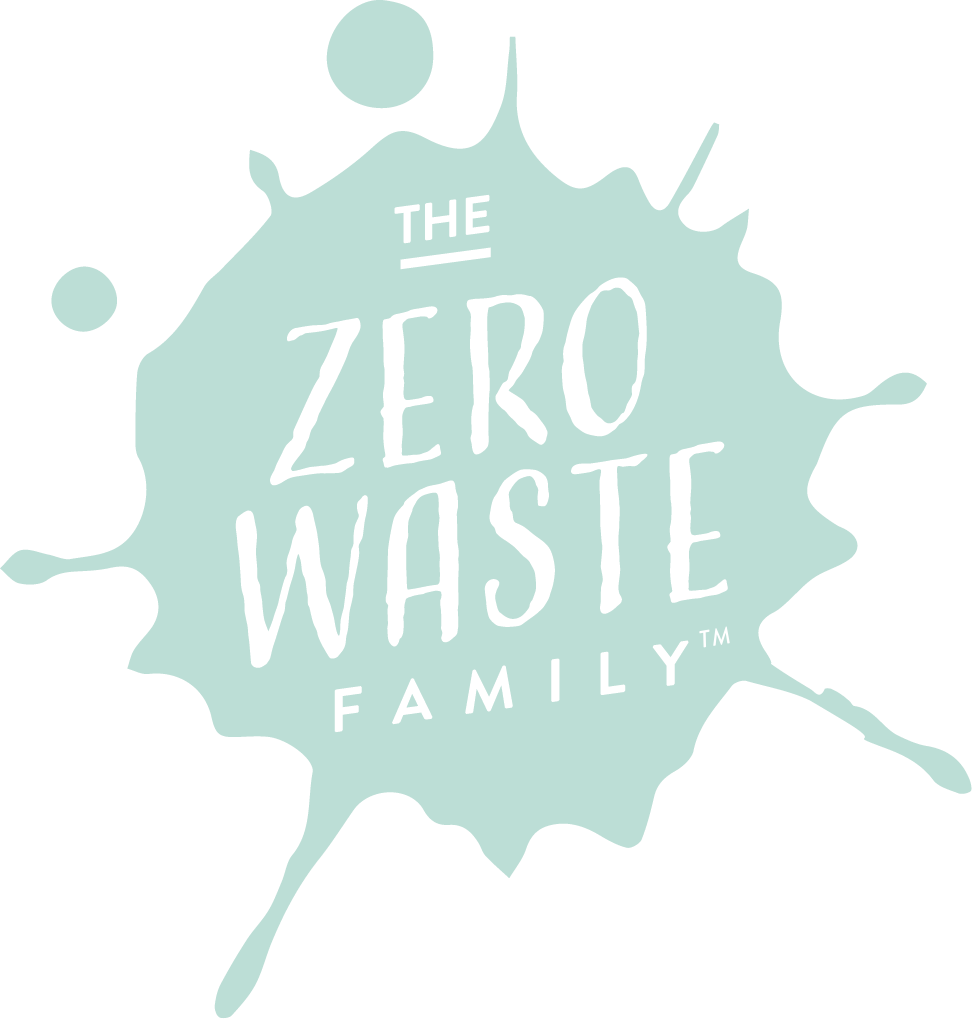
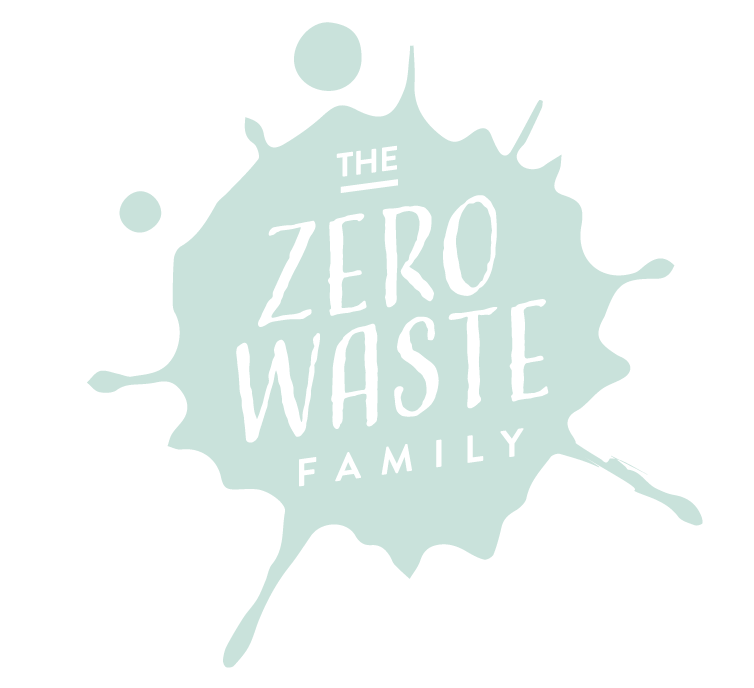
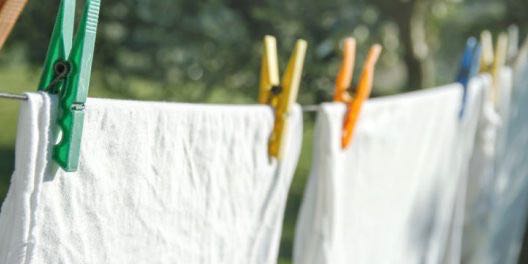

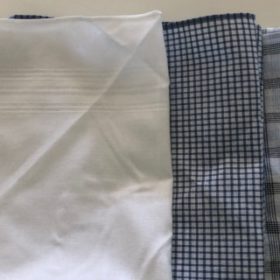


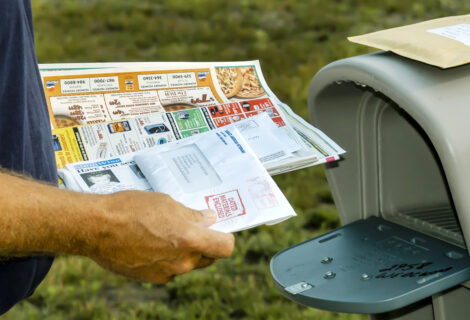

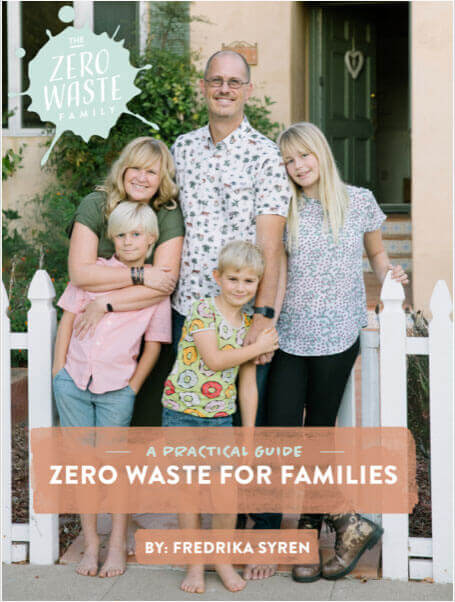

Green earth cleaning Durango
Such an amazing blog, I love reading all your blogs. They are super amazing and informative at the same time. Bookmarked your page already, keep posting more.